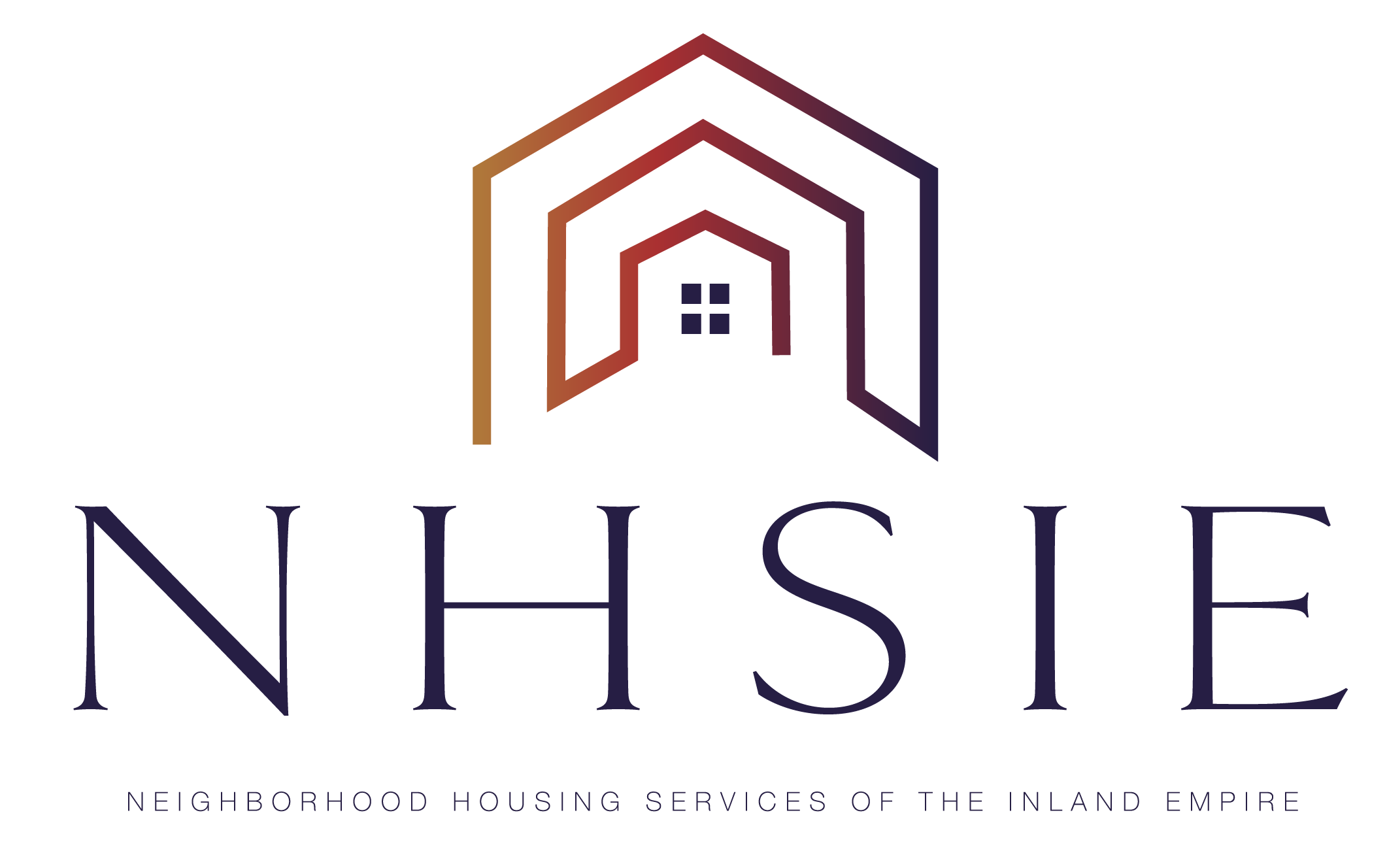Over 120 cities and counties in California have a climate action plan either completed or in the pipeline. As cities develop these plans and initiatives to address climate change, it is important to emphasize that social equity is integrated within environmental policies. The vulnerabilities, resilience and sustainability of the human ecosystem are as much determined by diversity and interdependence as its natural counterpart. As Pope Francis said in Laudato Sí, “a true ecological approach always becomes a social approach; it must integrate questions of justice in debates on the environment, so as to hear both the cry of the earth and the cry of the poor.”
Sustainability is framed as a three-legged stool consisting of the three ‘E’s: environment, economy and equity. However, the third leg, social and economic equity, is often the weakest.
Environmental plans often ignore social issues
U.S. cities have historically ignored equity goals as part of their climate and sustainability plans, and even when they do, treat equity as a secondary or tertiary issue. A recent study of Climate Action Plans from a sample of 28 medium and large cities (including an earlier version of San Diego’s plan), found that although there is an emerging trend of addressing equity, it was lost among other environmental and economic priorities.
For example, San Diego’s adopted climate plan laudably has enforceable greenhouse gas emissions goals. There is a chapter on “Social Equity and Job Creation.” However, there are no enforceable standards on equity beyond those already in place. The climate action plan acknowledges that there is a need to prioritize programs and actions that reduce emissions in impacted communities, though, nonchalantly states that the city cannot change the underlying socio-economic factors of disadvantaged populations.
For communities that have been disproportionately impacted, this is like treating the symptom (concentrated emissions) and ignoring the cause (poverty and race).
It is no wonder then, that climate plans often sit on planners’ proverbial shelves gathering dust, or displayed on flashy websites as marketing gimmicks. Research by Adam Milliard-Ball from the University of California, Santa Cruz of municipal climate planning in California found little evidence of causal impacts of these plans. Here is an excerpt from the study:
“If the motivation for climate planning is primarily to compare favorably to neighboring cities, to showcase a city’s existing efforts, and to defuse political pressure to do more on climate change, it is perhaps unsurprising that there is limited evidence that planning has a causal impact. The climate plan becomes more of a marketing device than a template for action, helping a city to gain a (probably deserved) ‘green’ reputation for action that predated or occurred independently of climate planning.”
The absence of social equity as an integral element of sustainability also surprised researchers James Svara (University of North Carolina at Chapel Hill), Tanya Watt (Arizona State University) and Katherine Takai (U.S. Environmental Protection Agency). They used data on one the most comprehensive survey of over two thousand local governments in the U.S., followed by a more detailed survey of 300 selected governments, and then case studies of nine of them. This study, published by the U.S. Housing and Urban Development last year, found that although there was an extensive range of activities related to social equity, most local governments did not organize and resource these activities in a manner that placed a high priority on social equity as a part of sustainability. For example, requirements for contractors to pay a living wage were used by less than a quarter of the detailed surveys, and the numbers fell even further down on other job quality measures.
